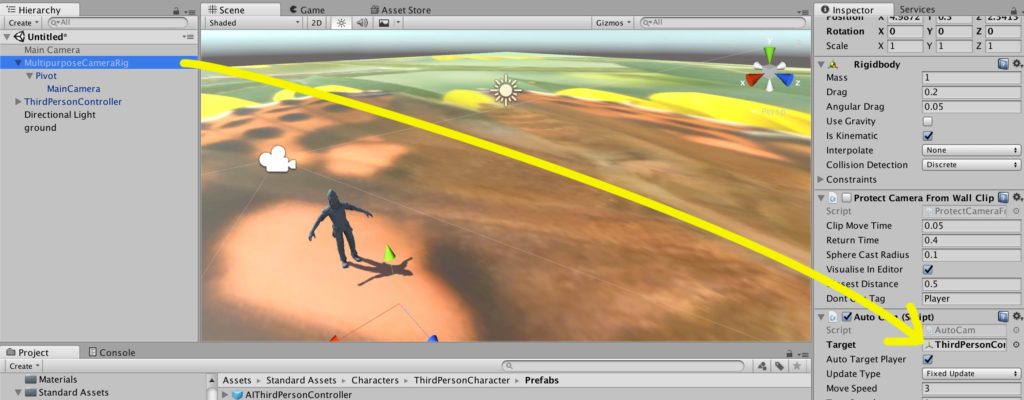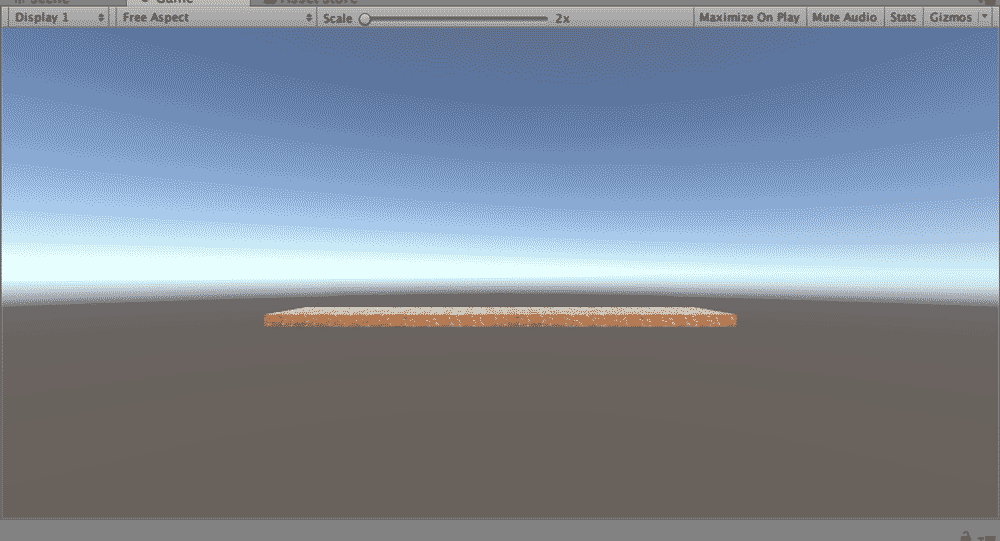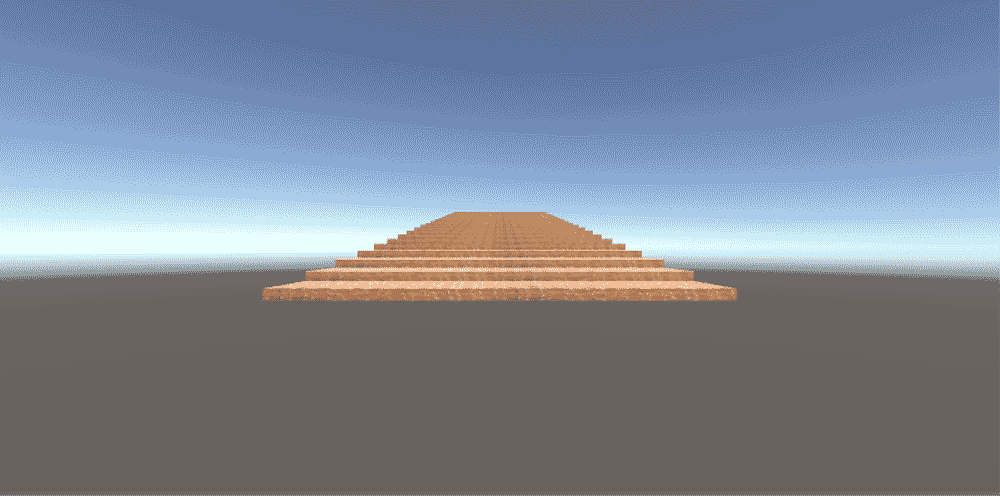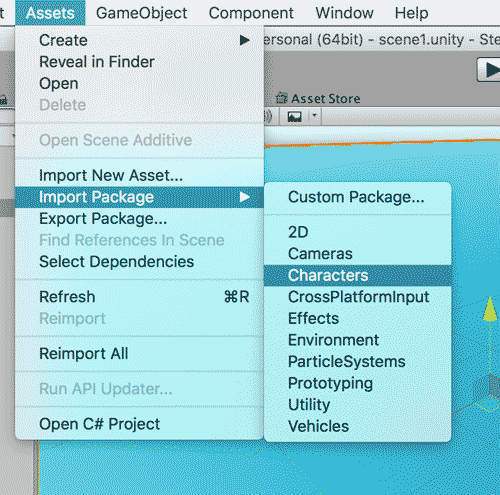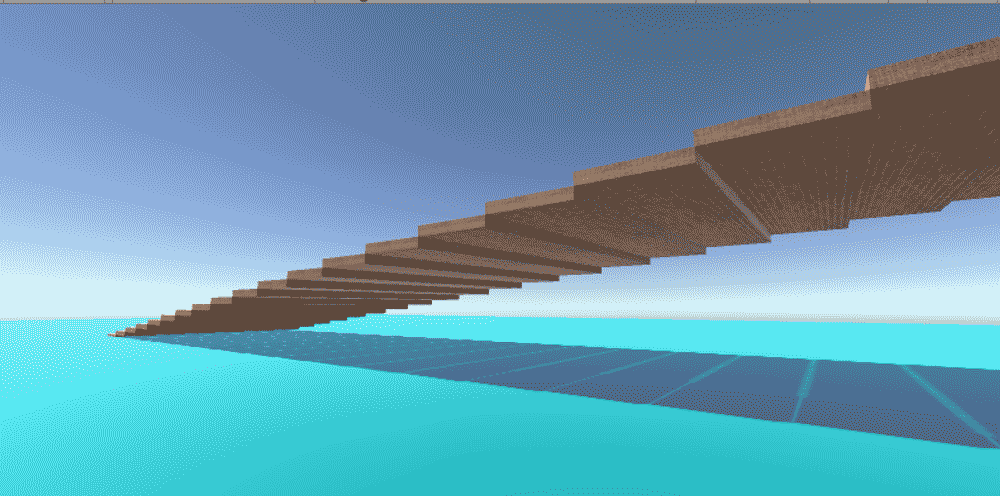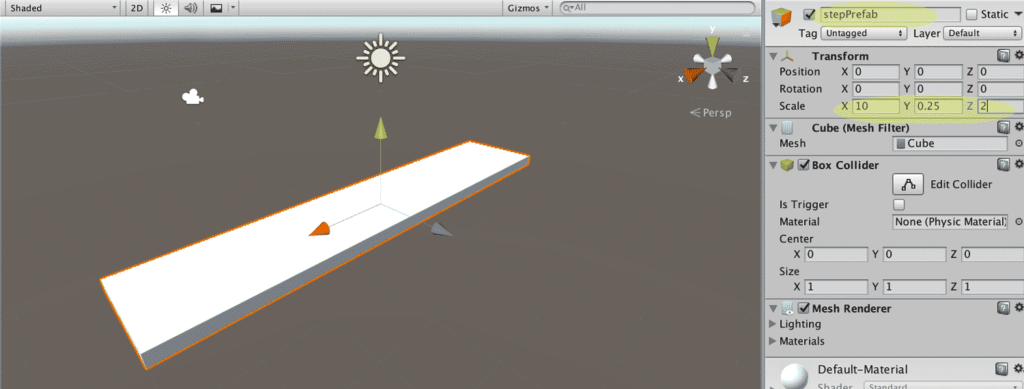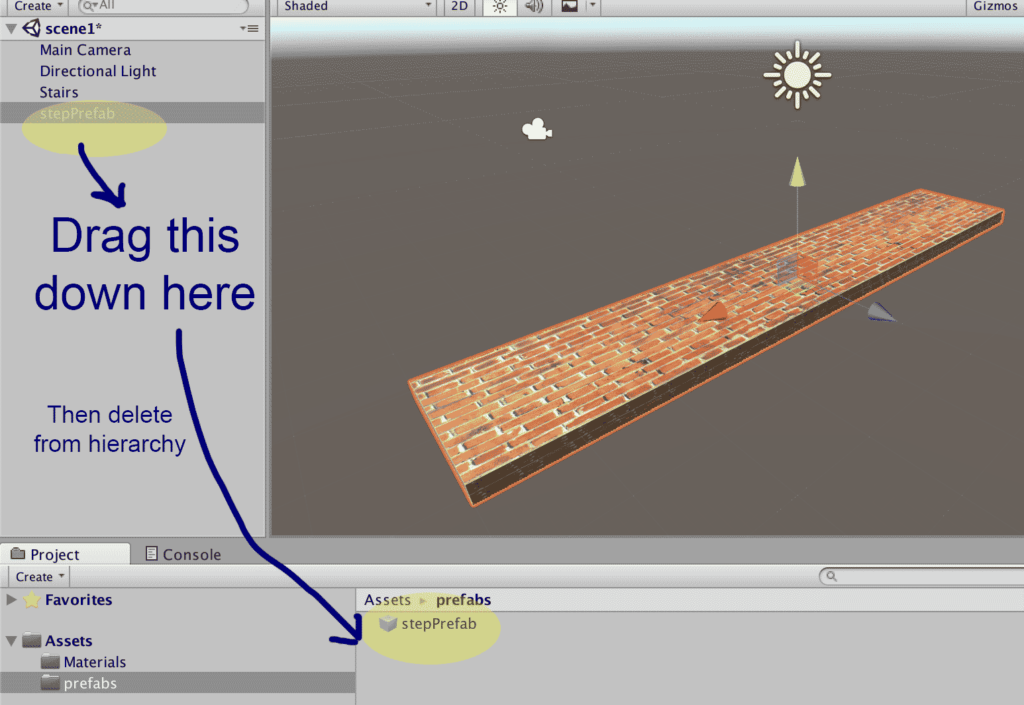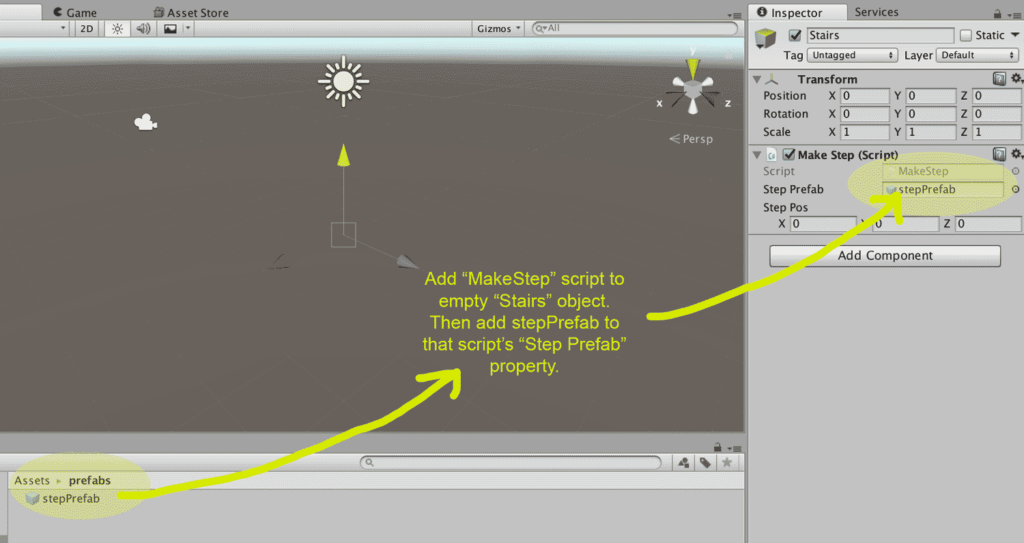I’ve been working at improving my Unity3D skills. We are using Unity in the Game Programming class I’m teaching this semester. I wanted to build a project that focused on creating some GameObjects that interact with each other through various public methods. So I made a growth simulation that represents a group of bacteria eating and reproducing.
The game objects include bacteria, food, and a game manager. All the food object does is keep track of how much food is available, and provide a public method called supplyFood(), with which the bacteria can acquire food to eat. The game manager object creates a grid of food tiles to be used as a food supply. It also keeps track of the number of bacteria in the game through public methods addBacteria() and removeBacteria().
The bacteria does a number of things. I tried to make this object class self-managing. So it has a timer that makes regular calls to the eat() method, and reproduce() method is based on doing a number of eats. There is also a die() method that takes the bacteria out of the game. But it doesn’t completely work correctly yet, I’m still debugging it.
One tricky part was finding out if the bacteria was touching a food tile, so it could eat. I used a collision detection method to initiate that. It is interesting how objects can connect with one another. Here is an example of how the bacteria connects to the food.
These variables are declared to give access to the foodTile object and the supplyFood() method of its food script:
public GameObject foodTile; // the food object public food food; // the food script found in the foodTile object; provides access to the supplyFood() method. private int foodAmt; // the food counter
When a bacterium collides with (sits upon) a foodTile tagged “food” it opens a connection to the script it contains called “food.” I was concerned that doing this each time a new bacterium is created and collides with a foodTile, it would be a lot of processing overhead. But so far, it seems to be working.
void OnCollisionEnter(Collision collision) { if (collision.collider.gameObject.tag == "food") { foodTile = collision.collider.gameObject; // connects the foodTile to this bacterium food = foodTile.GetComponent<food>(); // the food script of foodTile gives us supplyFood() method } }
Here is the eat() method that uses that uses the food script of the foodTile.
public void eat()
{
int foodAmt = food.supplyFood();
}
It took me a while to understand how getComponent works. It basically allows access to any component of a given object, including scripts. object.getComponent<component>();
Here is a video of what it looks like in Unity3D right now:
